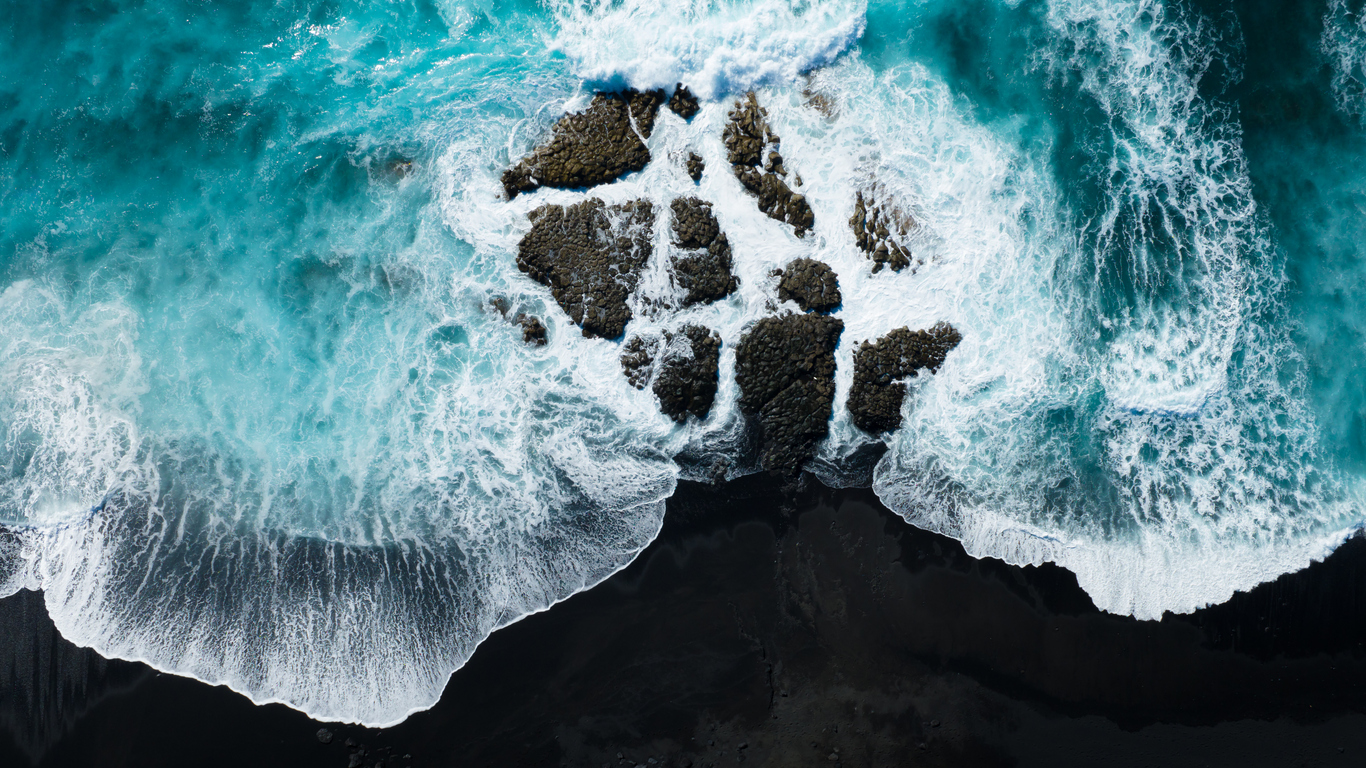
< Articles
The Importance of Waterproofing: Protecting Your Structure Against Water Intrusion
“Water is fluid, soft, and yielding. But water will wear away rock, which is rigid and cannot yield. As a rule, whatever is fluid, soft, and yielding will overcome whatever is rigid and hard. This is another paradox: what is soft is strong.”
– Lao Tzu
In the multi-million dollar world of commercial construction, advancements in materials and building methods have reaped huge rewards for building owners. But there’s one aspect that we’ve never quite overcome, and that’s the damage that can be caused by water.
Surprisingly, waterproofing is one area of building which remains a mystery to many an architect or engineer. It’s often viewed not as a case of eliminating water egress, so much as mitigating the effects. And in New Zealand more remedial work is attributable to water damage than any other aspect of the build process.
Add to this the “Lao Tzu factor”. From the moment your building is first exposed to the elements, it’s raging a battle of attrition. And no matter how robust, it’s only a matter of time before the solid structure gives in to Mother Nature. All we can do is prolong the timeframe, and minimize the impact as nature runs it course.
We don’t make the task easier when we load our structures with plant and equipment which scrape, scratch and vibrate away at the building’s integrity. And even dynamic forces, such as people or vehicles, put constant pressure on our envelope. Effective waterproofing, although only a miniscule fraction of your building costs, can save you a fortune in maintenance and management costs over the life of your building. So it’s important to get it right at the start.
The first step in waterproofing is eliminating water from the envelope. As obvious as it sounds, this is often compromised in modern designs, in favor of aesthetic or functional requirements. Water pooling around pathways, balconies and rooftop pools all require special consideration, and a lot of places within our structures can be designated wet areas (like showers blocks) or problem spots like bathrooms, laundries and kitchens where the occasional overflow is more likely than not. And if water is present outside or inside your building, it’ll usually find it’s way through any breach, hole, or joint which is imperfectly sealed, into the core. And that’s where the words “remedial action” start to sound incredibly scary.
So having minimized the amount of water on your envelope, the next step is minimizing the opportunity for moisture to penetrate your building. Too often buildings are caulked and not sealed. This can create an imperfect seal which, rather than blocking out moisture, provides a pathway into the core of your building through gravity, hydrostatic pressure or capillary action. Over the last few decades, the building industry has seen a vast improvement in waterproofing options, through advancements in membranes and integral systems. But still Mastic Asphalt remains the gold standard. It is robust and long lasting, allowing it to withstand dynamic as well as static loads. And it’s impermeable yet flexible, so stretches and contracts as building flex due to wind, heat, earthquakes, or any number of natural phenomena.
Mastic Asphalt is viscous when applied, so molds to the contours of your floors and walls, leaving you with a smooth level surface. It’s easy to work into a tight construction schedule, as it sets within 24 hours, and is strong enough for workers and machinery to operate directly on the surface. It’s inert, so not a fire risk. And over time, it won’t lose it’s integrity, providing not only a barrier to water, but also acids and salts, along with pests and vermin.
Mastic Asphalt has been with us since the 1700’s, but its use on a commercial scale was practically invented by Neuchâtel in the 1800’s, and brought to New Zealand in the early 1900’s. During this time we’ve learned a lot more about how to optimize it’s application, but the product itself has changed very little, nor the company whose name is synonymous with Mastic Asphalt around the globe. It’s arguably the best protection against the elements that your building could get.
For the last 100+ years Neuchâtel has been protecting tens of thousands of surfaces in New Zealand from deterioration caused by heavy machinery and the elements. Over time we’ve refined our products and our service to be more durable, environmentally friendly and affordable – especially for large scale projects.
